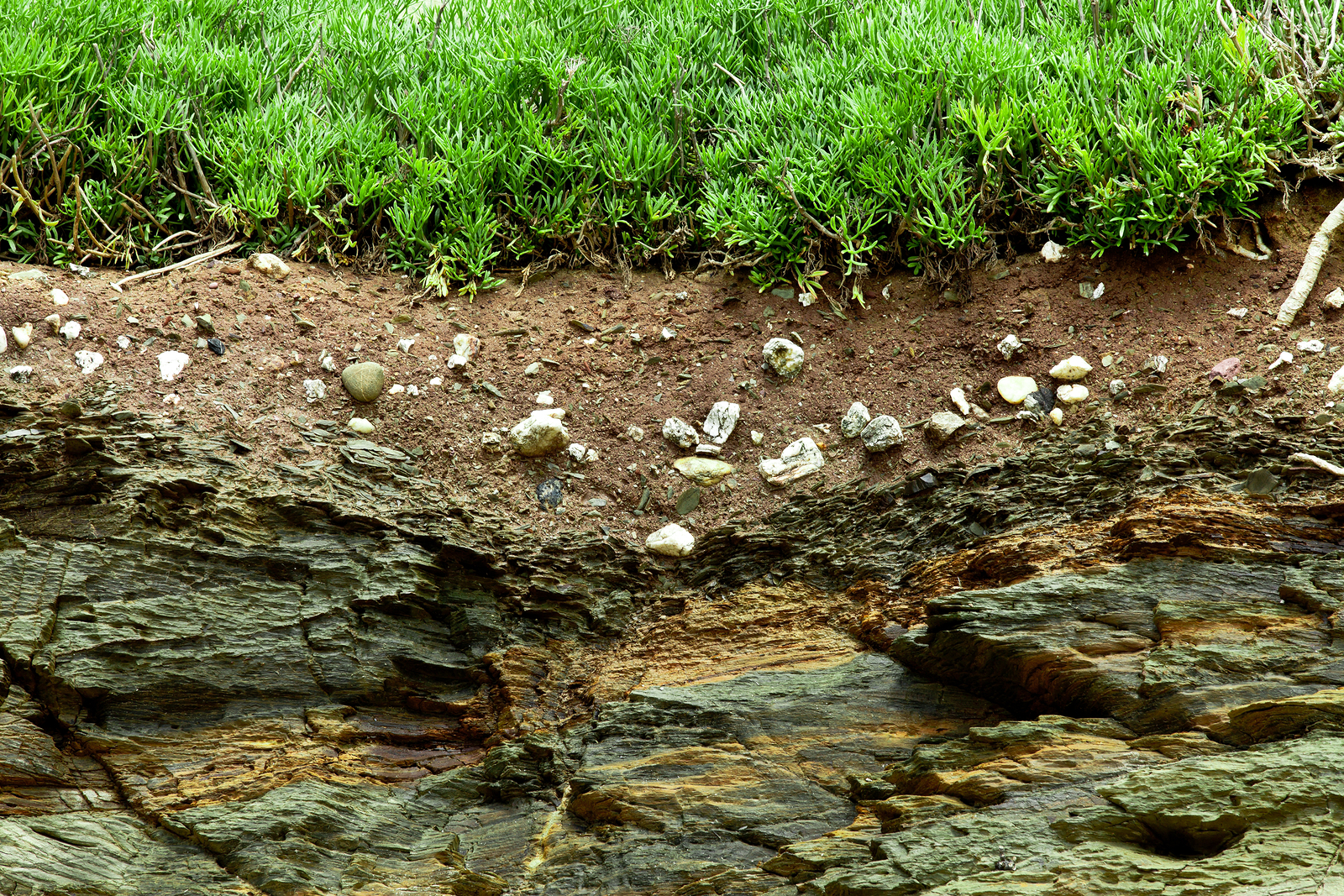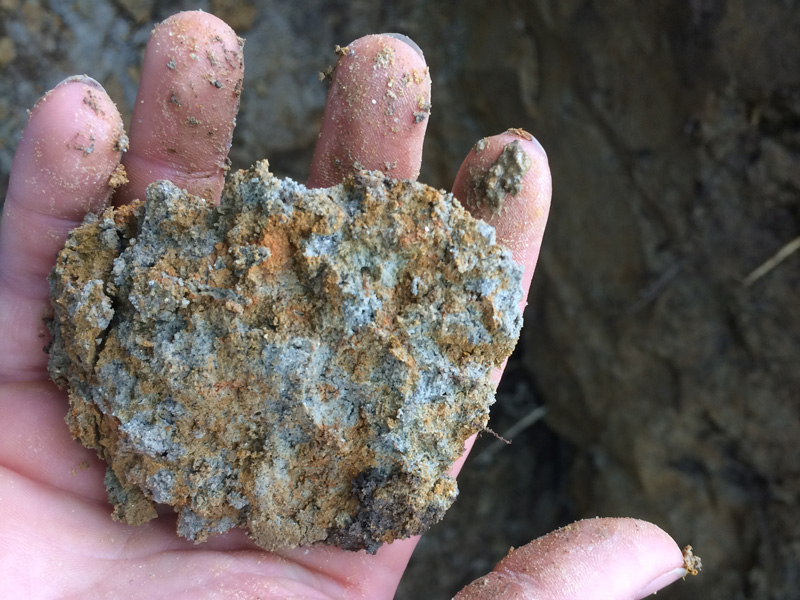Nutrients That Occur Naturally in Rocks and Soil
If any one of the five factors is changed but the. Like people plants need nutrients but too much of a good thing can be a problem.
As rocks containing iron or manganese weather the.

. If your soil is naturally acidic choose plants that thrive in a lower pH soil. A granite is defined by proportions of quartz alkali feldspar and plagioclase feldspar. If a single parent material is exposed to different climates then a different soil individual will form.
A rock is an aggregate of one or more minerals or mineraloids. 1 parent material 2 relief or topography 3 organisms including humans 4 climate and 5 time. The highest level of cadmium compounds in the environment is accumulated in sedimentary rocks and marine phosphates.
The USGS investigates the source transport and fate of. The five factors are. Even when adding plenty of good-quality lime products from Baker Lime to the soil you may still struggle to keep the pH high enough to satisfy alkaline soil-loving vegetables like asparagus if your soil is naturally sour or acidic.
No continent or planet is immune to the phenomenon that is soil erosion which is steadily increasing its effect over the past few decades. Nutrients can also be added to the soil from external inputs. Nutrients such as nitrogen and phosphorus occur naturally but most of the nutrients in our waterways come from human activities and sourcesfertilizers wastewater automobile exhaust animal waste.
Chromium enters into various environmental matrices air water and soil from a wide variety of natural and anthropogenic sources with the largest release coming from industrial establishments. Scientists are most interested in the nutrients that are related to people living in the coastal zone because human-related inputs are much greater than natural inputs. They can occur naturally as a result of weathering of rocks and soil in the watershed and they can also come from the ocean due to mixing of water currents.
Soil Sketch and picture of soil. One example of this is adding fertilizer to soil to increase its level of nutrients but theres many other examples of ways to increase soil fertility from its natural level Beyond soil fertility things like climate and growing conditions and what is grown in the. The whole soil from the surface to its lowest depths develops naturally as a result of these five factors.
Fertilizers including those of mineral synthetic inorganic and. The rhizobia that cause nodulation in alfalfa and clovers do occur naturally in most Prairie soils. Inoculation corrects these deficiencies by sticking.
Parent materials in most of Canada were deposited through glacial processes often as a complex mixture known as till which contains rock fragments of various sizes and mineralogy. Erosion is a naturally-occurring process that will always occur but we are a wide contributor to increasing the rate of this process throughout the planet which has led to the ever-increasing problem of soil erosion. Rocks with different levels erosion resistant also create the unique-looking features called hoodoos in Bryce Canyon National Park and Goblin Valley State Park in Utah.
Organic chemicals have been deposited into the soil both naturally and anthropogenically and many of the organic chemicals deposited into the air. 459 Water bodies with very low nutrient levels are termed oligotrophic and those with moderate nutrient levels. Some rocks such as limestone or quartzite are composed primarily of one mineral calcite or aragonite in the case of limestone and quartz in the latter case.
Soil color and other properties including texture structure and consistence are used to distinguish and identify soil horizons layers and to group soils according to the soil classification system called Soil Taxonomy. In some areas however the parent materials. Does not occur naturally.
However some strains of the native soil population infect the roots but are not able to fix nitrogen while other native strains fix nitrogen but often not as efficiently as the specially selected strains used in commercial inoculants. Fundamentally soil is derived from a so-called parent material which consists of rocks and minerals that occur within a metre or so of the surface. Pesticide pollution and exposure occur at storage sites.
Soil testing is one way to find out what types of soil might naturally be present on a piece of land or property. Other rocks can be defined by relative abundances of key essential minerals. These nutrients can come naturally from the soil itself through the dissolution of minerals desorption from minerals decomposition of soil organic matter fungal hyphae and activity of microorganisms.
Color development and distribution of color within a soil profile are part of weathering. Nutrients come from a variety of different sources. Soil is a combination of air water minerals and organic matter that forms at the transition between biosphere and geosphere.
Eutrophication is the process by which an entire body of water or parts of it becomes progressively enriched with minerals and nutrients particularly nitrogen and phosphorusIt has also been defined as nutrient-induced increase in phytoplankton productivity.

Who Feeds The Plants Microbes Frontiers For Young Minds

Soil Basics Soil Science Society Of America

Rock Legend Mineral Makeup Maven Jane Iredale Weighs In On How To Rock Your Complexion Rocks And Minerals Minerals Gems And Minerals
Comments
Post a Comment